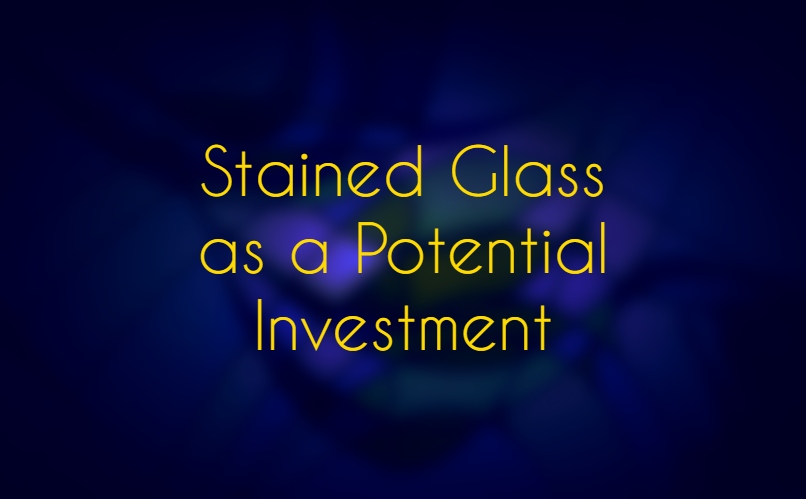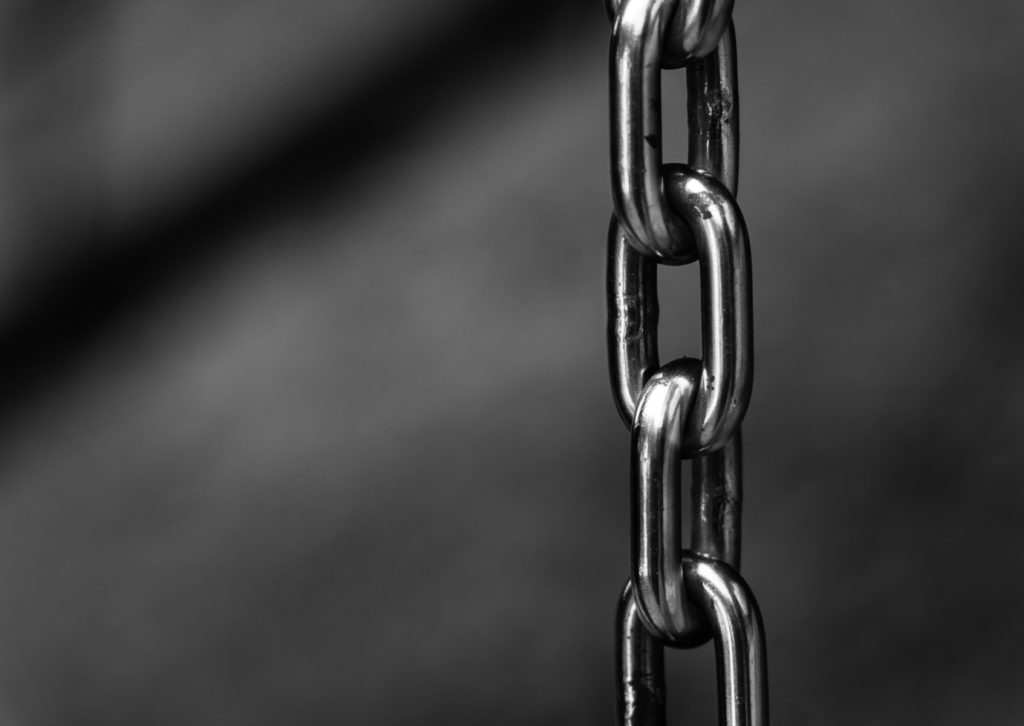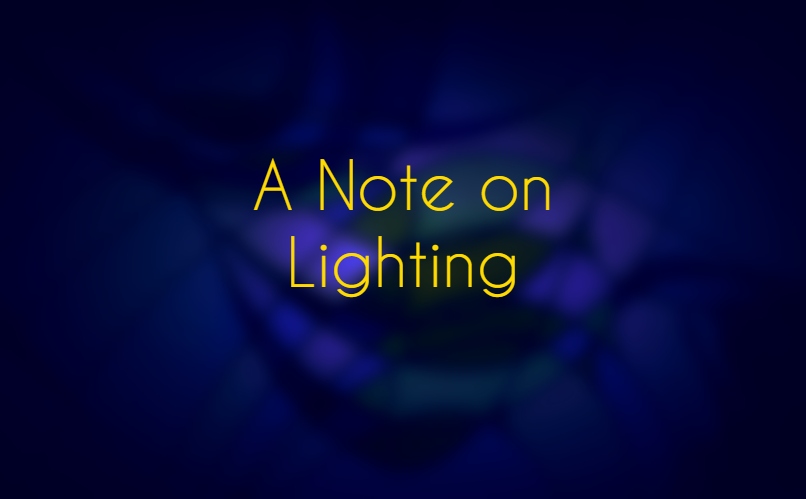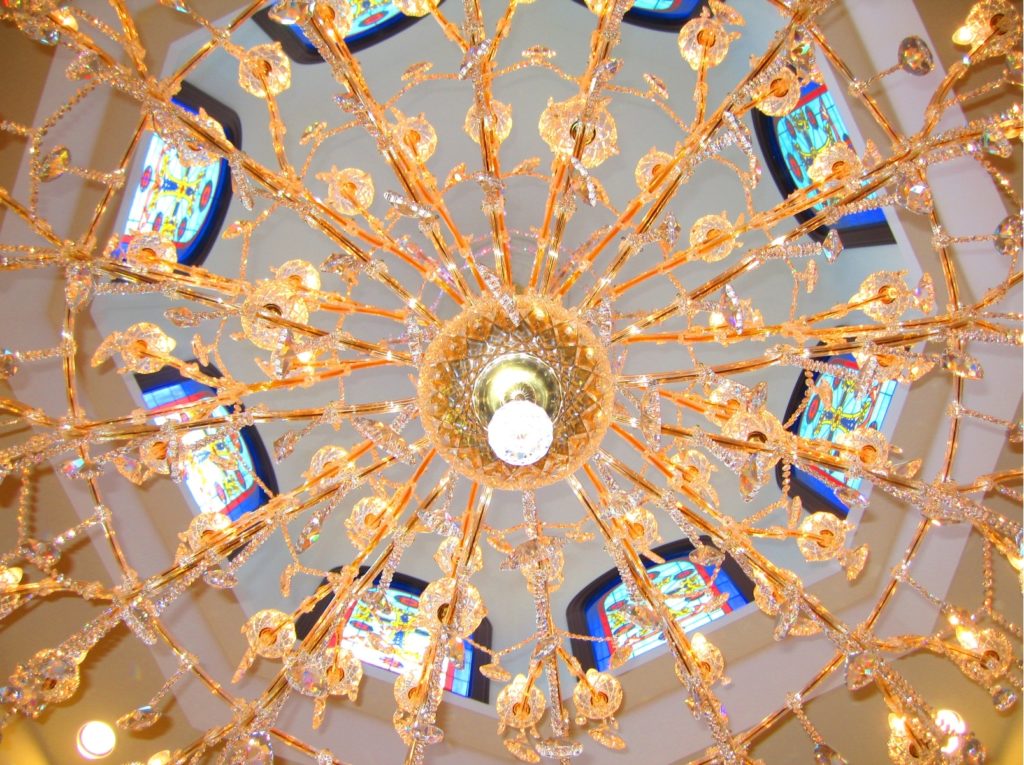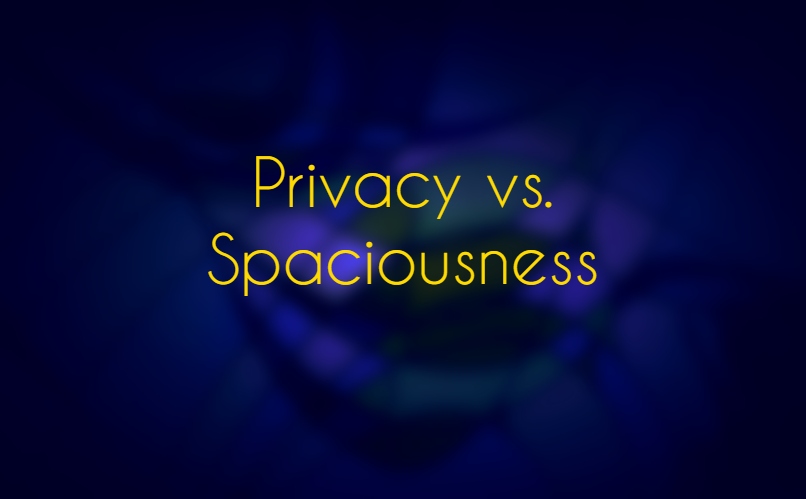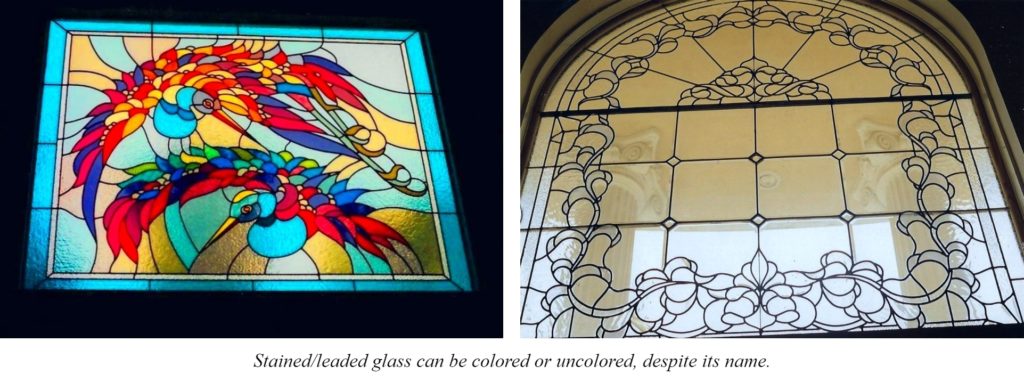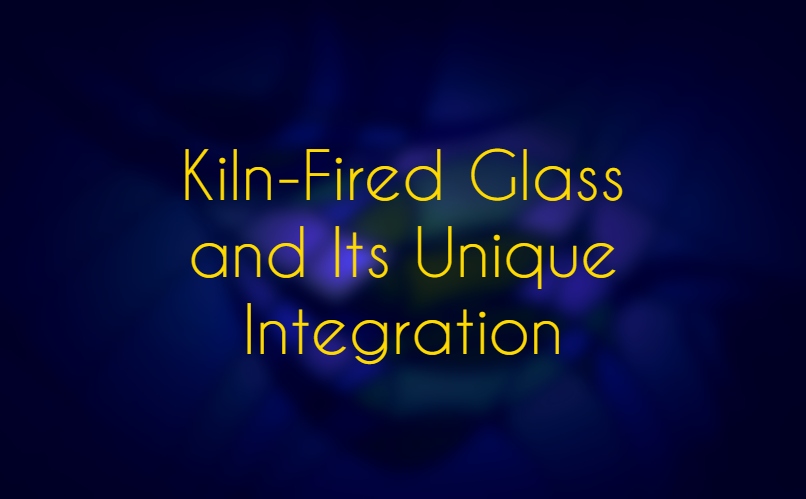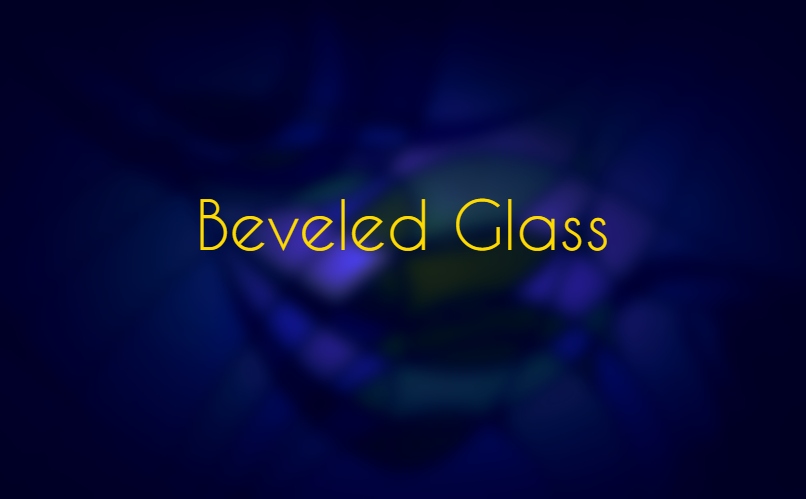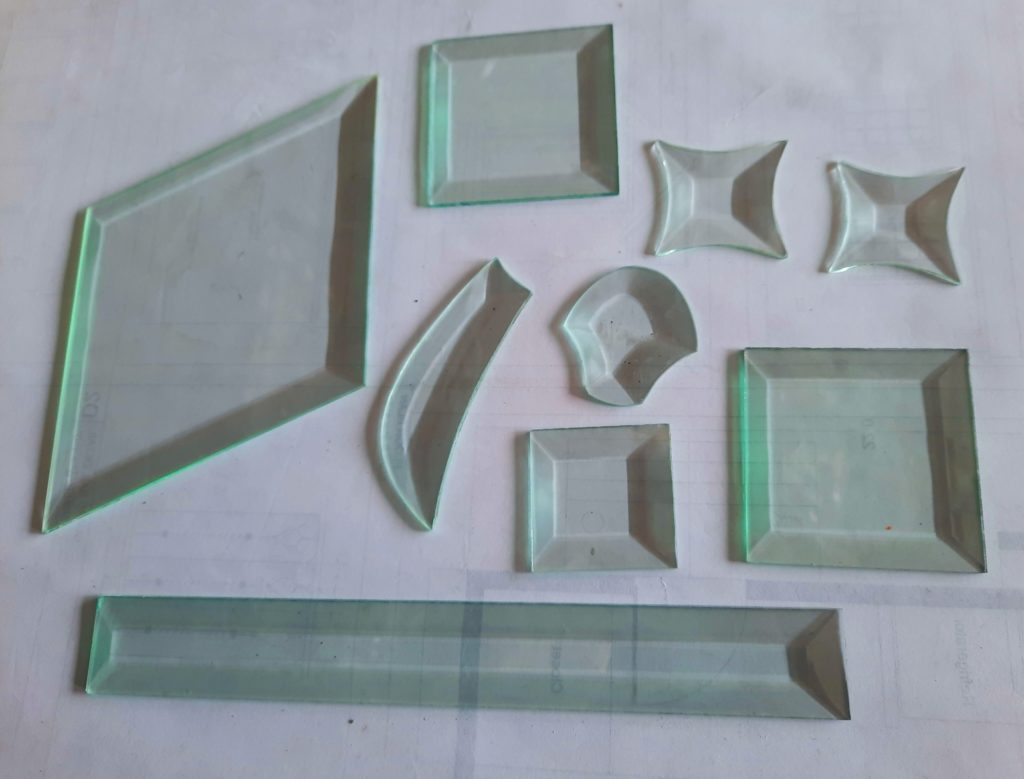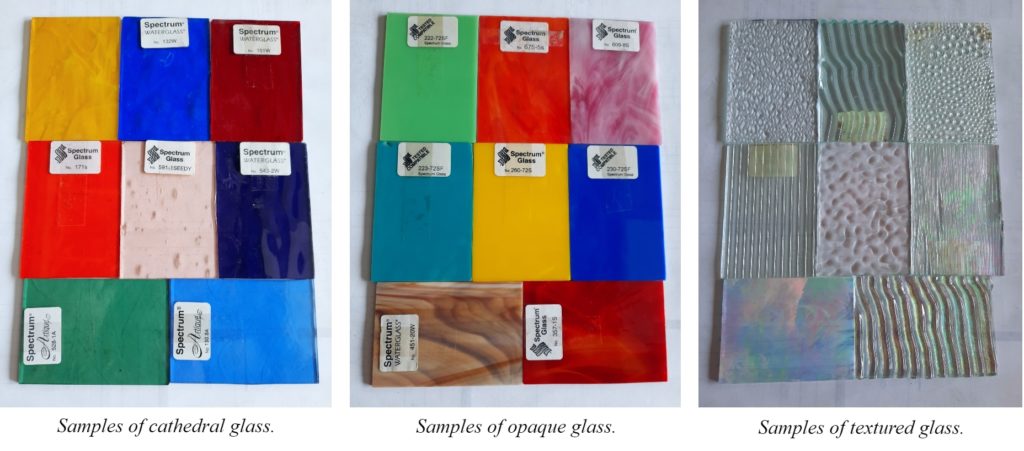Art is capable of creating a powerful effect upon the viewer. This is certainly true of artistically done stained/leaded glass.
The effect is lasting and one that really has to be experienced firsthand.
In a church or religious building, it gives a sense of sanctity to the parishioner, making it conducive for making the spiritual connection, and creating a real sense of refuge.
It is always fascinating to see church, temple, mosque and other worship attendance increase after renovations have been done that include stained/leaded glass.
In commercial and public buildings, it creates a memorable and distinguishable feature which lends to their recognition and esteem. Interestingly enough, patronage and attendance have been known to increase when such a building is considered aesthetic.
Stained/leaded glass is actually most popular in residential properties. A home is one’s abode; it’s their retreat and their hub of living and base of operating. One’s domestic environment must be favorable. Because of the aesthetic and environmental nature of this medium, it is capable of producing many positive psychological effects upon its owner(s) and/or viewer(s).
It improves mood. When one enters their home, they’re stepping into their sanctuary.
It can cheer one, uplifting them, bringing happiness and joy when least expected but most often needed.
It can also calm one, causing relaxation and alleviating stress. Many clients report that they feel gravitated toward their stained glass for this very reason, enjoying their coffee or “me time” or otherwise spending quality time and recharging their batteries under its aura or glow.
Despite seeing the stained/leaded glass regularly, it has the power to create a constant and renewed sense of wonder and awe. This transforms one consciously. Any quality art is timeless.
It has the power to draw and attract. This is especially true when entertaining. A beautiful dome, skylight or window is a very coveted possession and a real item of prestige. It wows guests. Owners have real pride in their commissioned projects and truly impress others. Quite often, such works become the primary topics of conversation during parties and other gatherings.
The therapeutic advantages with this medium are indeed marvelous.



